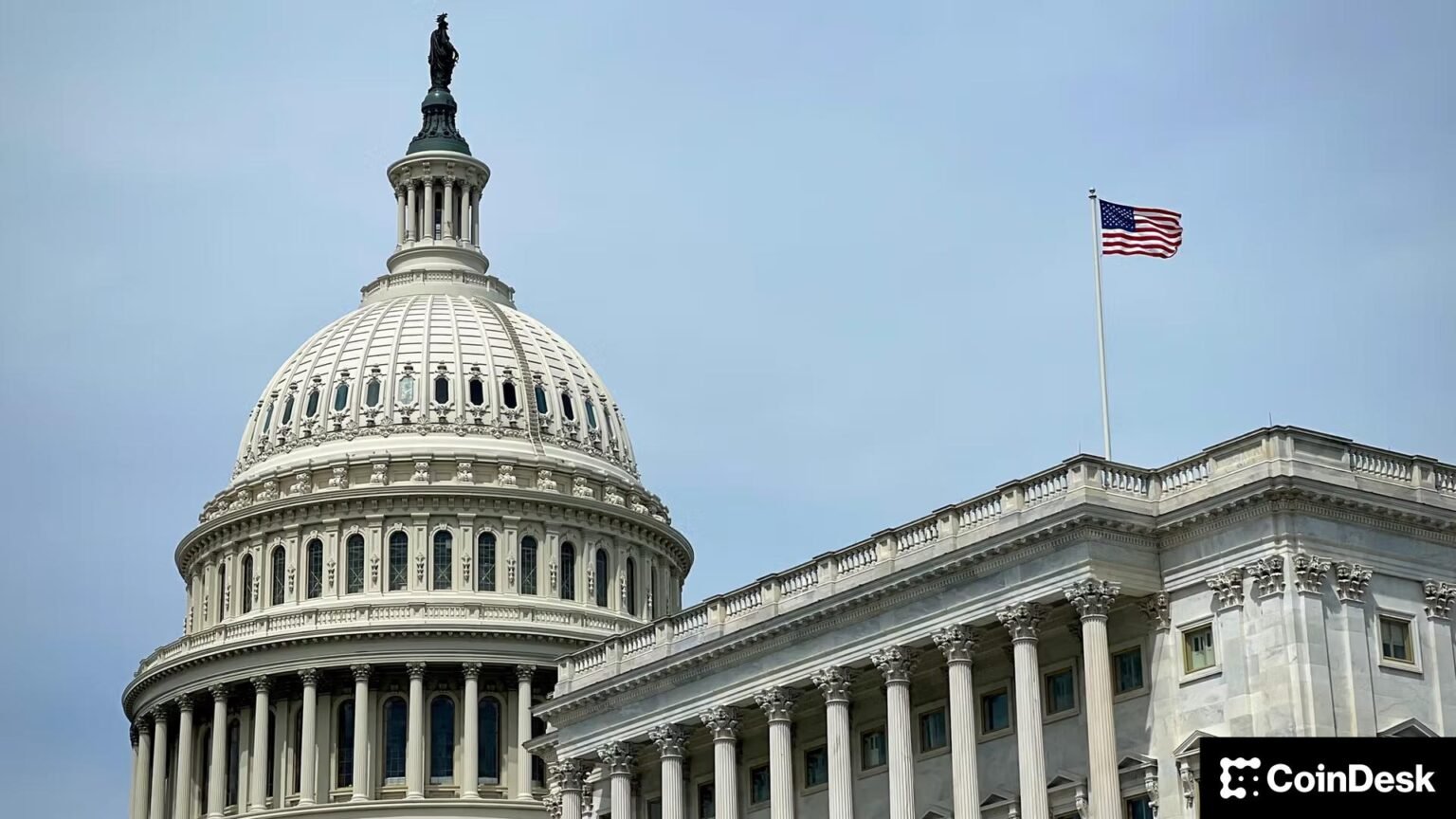U.S. Crypto Regulation: A Crucial Crossroad Ahead of 2025
As 2025 approaches, the U.S. legislative landscape for cryptocurrency regulation appears to be facing significant challenges. Key discussions among Senate Democrats and industry leaders could potentially reshape the future of a regulated crypto sector in the U.S. The upcoming meeting will involve prominent figures from the crypto world, including the CEOs of Coinbase and Kraken, with the intent of steering legislative efforts back on course.
Current Climate of Uncertainty
The optimism surrounding U.S. crypto legislation has shifted, with many stakeholders expressing doubt that substantial progress will be made by 2025. The efforts to establish a regulated crypto sector began gaining traction earlier this year when bipartisan support seemed promising. However, recent developments have led to an impasse. Complications arose during negotiations, particularly following the introduction of controversial language from the Democratic side regarding decentralized finance (DeFi). This has created a sense of urgency to reformulate that discourse to facilitate legislative progression.
Key Players in the Discussion
Key figures from the crypto industry, including leaders from Coinbase, Chainlink, and Uniswap, are gearing up for a Senate meeting that could prove pivotal for regulatory discussions. The group aims to engage with approximately ten Democratic senators, fostering a dialogue that could revitalize stalled negotiations. Their collective goal is to navigate the ambiguities in the previously introduced DeFi-related proposals, ensuring that the impending legislation aligns more closely with industry needs and realities.
The Importance of Open Communication
The sentiment among industry representatives is that open communication between lawmakers and crypto leaders is vital for the successful drafting of market structure legislation. Chainlink representatives emphasized that dialogues of this nature could substantiate the framework necessary for legislative success. The anticipated discussions not only focus on administrative clarity but also aim to establish ongoing channels of communication to address evolving industry needs.
Legislative Progress Delayed
Despite optimism earlier this year, key deadlines for drafting the crypto market structure bill have come and gone without substantial action. The House managed to pass its Digital Asset Market Clarity Act, but the Senate’s efforts have faced hurdles, particularly due to the complexities of achieving consensus among party lines. With government activities hindered by other legislative priorities, it appears increasingly likely that the finalization of this bill may not come until next year, rather than by the end of 2025.
Bipartisan Support is Essential
Conversations surrounding crypto regulation have highlighted the necessity for bipartisan support, especially as the Republican-controlled House has already developed a version of the proposed bill. However, Democrats have raised concerns and suggested amendments that must be addressed before they commit to an understanding. In an industry defined by rapid innovation, Blockchain Association CEO Summer Mersinger emphasized the importance of achieving durable, bipartisan policies to ensure the sustainability of U.S. cryptocurrency markets.
Looking Forward: A Call for Collaboration
As the legislative calendar progresses, there is a palpable urgency for collaboration between the crypto industry and policymakers. With the looming complexities surrounding cryptocurrency regulation, stakeholders must remain proactive in advocating for sensible and effective legislations. The upcoming meetings and discussions will be critical in shaping an inclusive market framework that not only encourages innovation but also safeguards stakeholders within the sector, ensuring the U.S. remains a competitive player in the rapidly evolving global crypto landscape.
As the dialogues unfold, the crypto community is urged to stay engaged and hopeful that reasonable solutions will emerge from bipartisan efforts, ultimately contributing to a clearer regulatory environment in 2025 and beyond.


